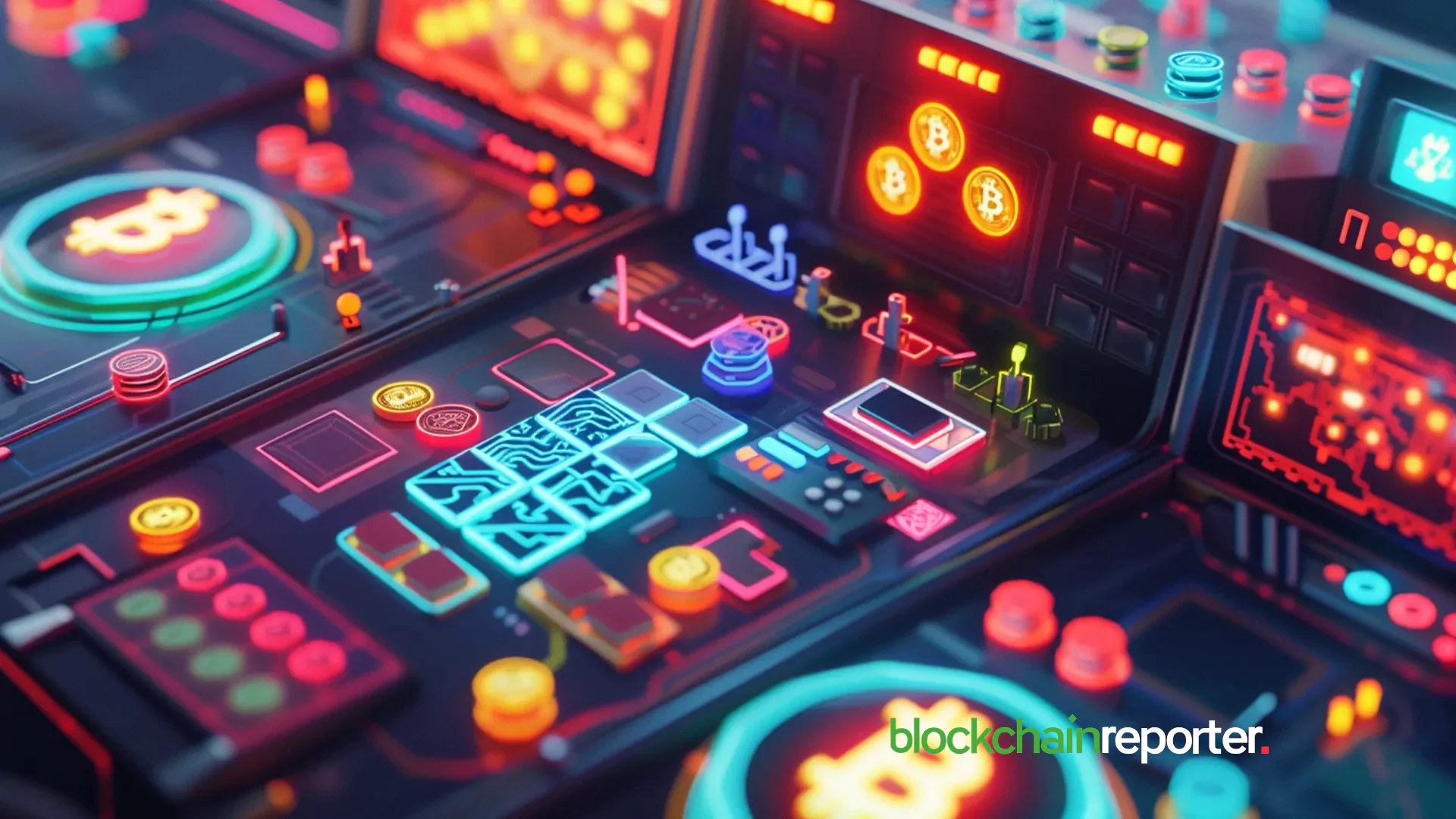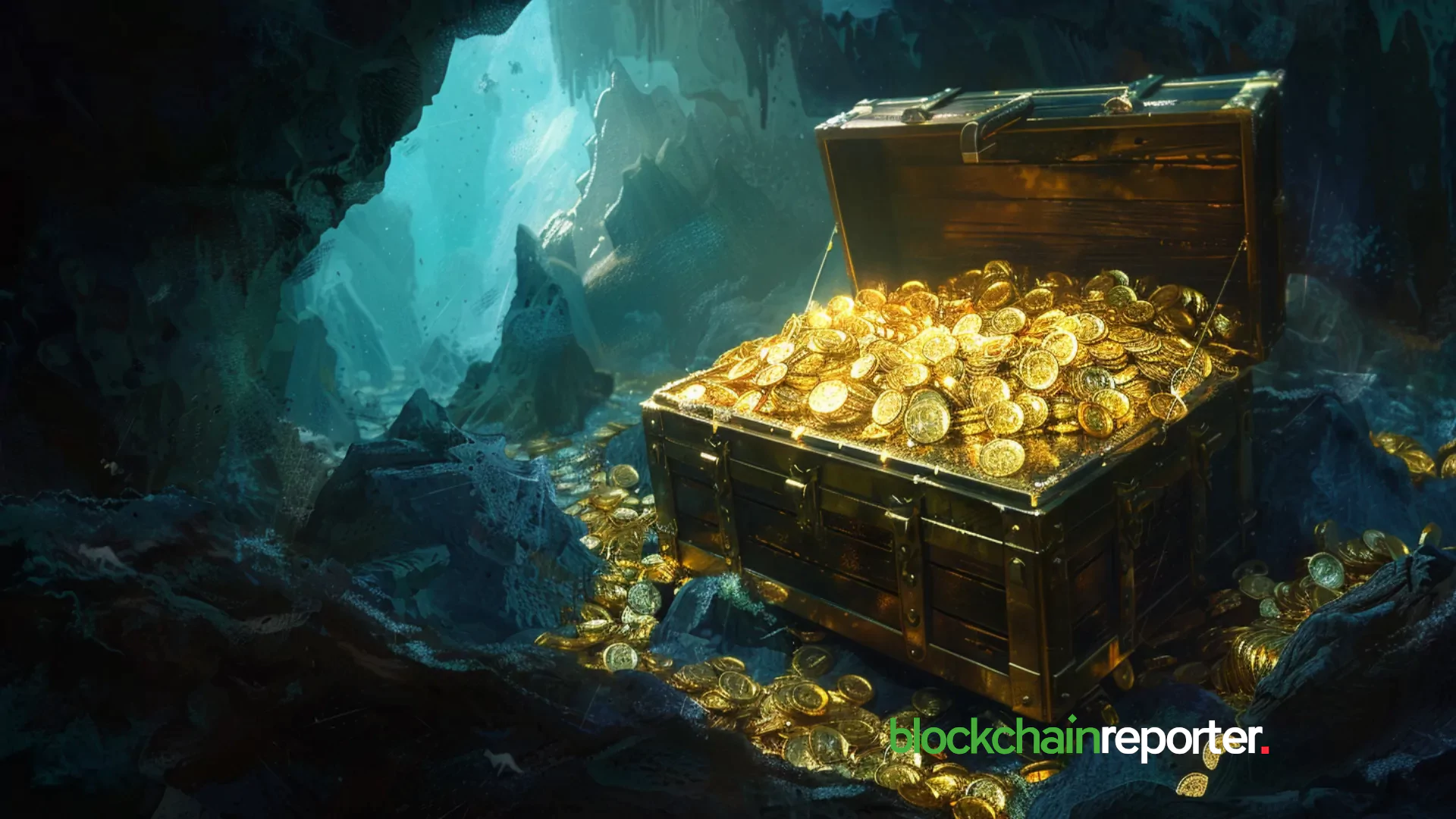
Gamification has recently emerged as a significant catalyst in the crypto ecosystem, revolutionizing the onboarding process for new participants and incentivizing existing users to deepen their engagement.
In fact, most major exchanges today, including industry giants like Binance and Coinbase, have implemented gamified programs primarily focused on crypto education.
Others, such as Blocktrade, have elevated the gaming experience by offering more immersive features. Alongside trading, users can unlock rewards by participating in the platform’s arcade games, earning incentives like trading bonuses, unique avatars, and withdrawal discounts.
This trend of Web3 platforms integrating gamified incentives alongside their core products was largely fueled by the NFT hype, which was the talk of the crypto town hall throughout much of 2022. However, with the downturn of the crypto market last year, there has been a noticeable decline in interest in some of these gamified reward programs.
This begs the question: Are gamified rewards programs too superficial, and if not, which incentivization models have proven successful?
The Flaw in Early NFT Gamification Models
The reason behind the downturn of gaming-affiliated initiatives can be traced back to the initial NFT gamification models.
As of the time of writing, most of the NFT projects that garnered attention in 2022 have disappeared from the spotlight. Those that have managed to maintain their positions, such as the Bored Ape Yacht Club (BAYC), are trading at an 80% discount from their all-time highs, according to NFT Price Floor Metrics.
Meanwhile, the value of land in metaverse ecosystems like The Sandbox has plummeted to 0.42 ETH from highs of 4.2 ETH during the peak of the bull market.
Undoubtedly, this decline in the value of NFT assets has impacted sentiment towards gamified initiatives in the broader crypto ecosystem. However, more significantly, some of these NFT gaming ecosystems have notably subpar user interfaces and unsustainable models, issues that have contributed to the downfall of most gamified projects.
“Around 2,127 web3 games have failed in the last five years, representing 75.5% of the 2,817 Web3 games launched. The average annual failure rate for web3 games has been 80.8% from 2018 to 2023, based on the number of Web3 games failed compared to launched.” – Coingecko.
To provide context, let’s take the case of Axie Infinity, whose value surged during the pandemic. While the game remains operational, it no longer garners the same level of attention it once did. The reason? A flawed economic model that, in theory, relied on new entrants to sustain the appreciation of SLP token rewards.
Similar scenarios unfolded with virtual lands, some fetching prices upwards of $500K. However, after the initial hype subsided, investors realized the lack of tangible use cases.
Gamified incentive programs built on flawed logic also encountered comparable setbacks, which explains why newer entrants in the market are better off building initiatives that focus on immersive experiences over short-term speculative gains.
Crafting Sustainable Engagement
Given that gaming still represents a significant portion of on-chain activity, it’s crucial for developers to prioritize models that can maintain engagement over time. According to the latest report by DApp Radar, the gaming sector accounted for 34% of DApp activity, with an average daily user count of around 1.1 million.
The challenge of creating engaging games is even greater for Web3 platforms whose primary focus is not gaming-related, as they have the potential to reach a larger audience. Currently, many of these platforms are still entrenched in early NFT gaming models, which primarily revolve around speculative rewards or mundane educational incentives that come with earning limitations.
However, as highlighted in the introduction, the landscape of Web3 gaming incentives is evolving, with the emergence of new arcade gaming ecosystems like the one pioneered by Blocktrade. Unlike the traditional NFT rewarding model, where digital assets often lose their value over time, Blocktrade’s arcade games enable users to exchange in-game rewards for cryptocurrencies or fiat currencies.
More importantly, this EU-regulated trading platform’s gaming arcade features a challenge-like level model where players are immersed in various experiences, including using Greek gods as avatars in some of the games. The gaming hub (arcade) was a huge success in terms of user engagement, with more than 300,000 plays during the first two weeks.
“We just want the community to come to Blocktrade to play other games or to become our customer,” – Blocktrade CEO Christian Niedermüller.
Going by the level of engagement this gaming arcade is currently witnessing, enabling prospective crypto gamers to derive real value from gaming incentives is definitely one of the major aspects Web3 platforms should consider, in addition to building intentional games that are more immersive and focused on user retention.
It is also worth appreciating that Web2 game publishers are stepping up to enhance the experience of Web3 gaming. The Epic Games Store is currently host to several Web3-based games, while Ubisoft recently partnered with Immutable to advance the concept of gamification through Web3 incentives.
Conclusion
The idea of gamified rewards has existed even in Web2; in some cases, it’s referred to as loyalty rewards. Web3 gamification takes the idea to a whole new level, where users are not limited in how they can spend their rewards. In the model example, for instance, players who win can opt to exchange their rewards for real value, which should be the case. However, for these programs to succeed, Web3 innovators will have to deliver more immersive experiences rather than getting stuck in the speculative hype era.









